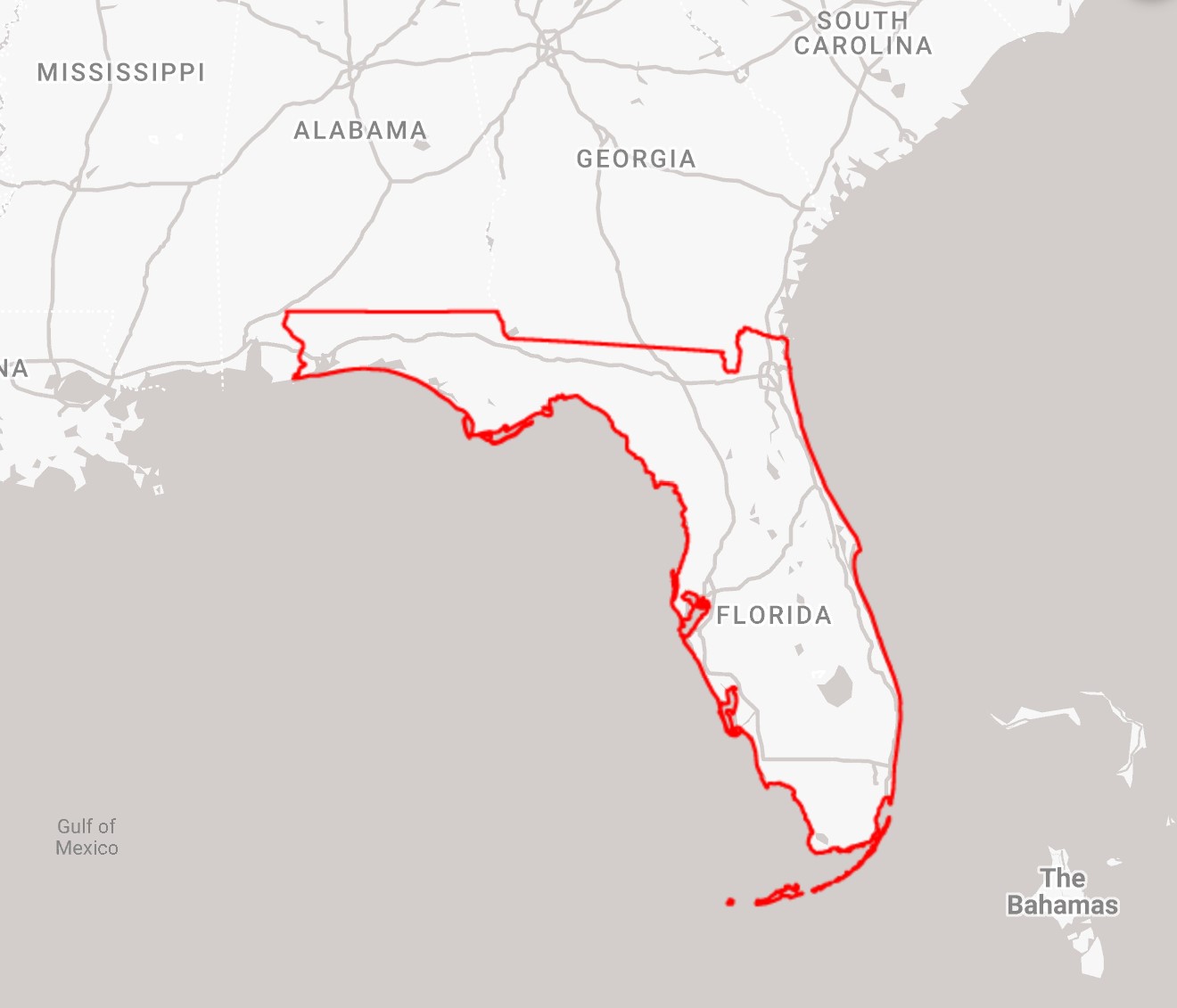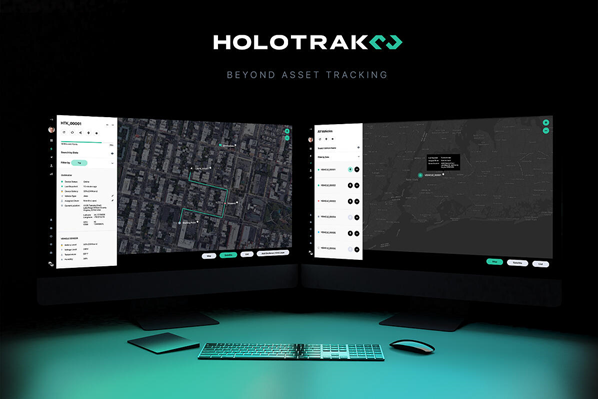In today’s fast-paced and hyper-connected world, GPS tracking systems are integral tools for businesses and organizations that manage fleets and assets. These systems offer critical real-time information, allowing for improved decision-making, operational efficiency, and safety. However, to fully harness their potential, understanding the features and applying them effectively is key. In this blog post, we will explore a 10-step guide to optimizing your GPS tracking system.
1. Education is Power: Maximizing GPS Tracking Through Learning
Before you embark on optimizing your GPS tracking system, it’s essential to first familiarize yourself with the technology. A GPS tracking system consists of many different components, such as a GPS tracker installed in the vehicle, a cloud-based software system for managing the data, and a user interface for accessing information. Each tracking system has its own set of unique features, so it’s crucial to understand how your specific system operates.
These systems often come with a multitude of capabilities, including real-time tracking, historical data logging, geofencing, and customizable alerts. It’s essential to understand these features and how they can be used to improve your operations. Make it a point to explore all the functionalities of the software, read the user manual thoroughly, and even participate in training sessions if they are available. In addition, sign up for newsletters, blogs, and webinars provided by your system’s manufacturer or service provider to stay updated on the latest features, upgrades, and bug fixes. Lastly, ensure you’re aware of any industry-specific regulations that may impact how you use your system.
2. Boundaries in Place
One of the most powerful features of a GPS tracking system is geofencing, which allows you to define a virtual perimeter around a specific geographic area. Whenever an asset enters or exits this ‘fenced’ area, the system sends alerts. This can be instrumental in managing and controlling fleet movements, ensuring vehicles stay within designated areas, and protecting against theft or misuse. Depending on your business needs, you can set up geofences around job sites, depots, or customer locations. You can even create a geofence around an entire city or region if necessary.

3. Alerts on Point
GPS tracking systems offer the ability to customize alerts according to your specific requirements. Depending on your system, you can set up alerts for a wide range of events, such as route deviation, excessive idle time, over speeding, or unauthorized vehicle use. For example, if a vehicle deviates from its planned route, you can receive an alert immediately. Or if a vehicle is left idling for an extended period, you can also receive a notification. This allows you to take swift action and correct the situation. These alerts can be sent directly to your mobile device or email, ensuring that you’re always aware of what’s happening with your fleet.
4. Data Deep Dive
A GPS tracking system generates a wealth of data that can be harnessed to optimize your operations. By analyzing this data, you can gain insights into patterns and trends in vehicle usage, route efficiency, fuel consumption, driver behavior, and more. It’s essential to regularly review and analyze this data to identify areas where improvements can be made. Most GPS tracking systems come with built-in analytics tools that can help you visualize and interpret this data. You can also use third-party software to help with this analysis.
5. Regular Maintenance and System Updates
Like any other technology, a GPS tracking system requires regular maintenance and updates to function optimally. Regular maintenance can help prevent system failures, while system updates can provide you with the latest features and bug fixes. Most GPS tracking systems have built-in features that alert you when maintenance is due based on factors like mileage or hours of operation. On the software side, ensure that your system is regularly updated with the latest patches and versions to stay secure and benefit from the latest features.
6. Use Real-Time Tracking for Instant Decision Making
Real-time tracking is a feature that provides an instant overview of where your assets are and what they’re doing. This can be invaluable for managing day-to-day operations, resolving customer queries, and making quick decisions when issues arise. For example, if a customer calls asking where their delivery is, you can instantly check the vehicle’s location and provide an accurate answer. Or if a vehicle breaks down, you can quickly send help to the exact location. It’s important to leverage this feature and integrate it into your daily operations.
7. Promote Safety and Compliance
Safety is a top priority for any fleet operation, and a GPS tracking system can play a critical role in promoting safe driving practices. By monitoring data such as speed, braking, acceleration, and idle time, you can identify any risky driving behaviors and address them promptly. This not only ensures the safety of your drivers and assets but can also result in significant savings on fuel and maintenance costs.
8. Use Real-Time Tracking for Instant Decision Making
Real-time tracking is a feature that provides an instant overview of where your assets are and what they’re doing. This can be invaluable for managing day-to-day operations, resolving customer queries, and making quick decisions when issues arise. For example, if a customer calls asking where their delivery is, you can instantly check the vehicle’s location and provide an accurate answer. Or if a vehicle breaks down, you can quickly send help to the exact location. It’s important to leverage this feature and integrate it into your daily operations.
9. Integration Approach
Integration of your GPS tracking data with other business systems such as enterprise resource planning (ERP) software, customer relationship management (CRM) tools, or accounting software can give you a more holistic view of your operations. For example, integrating GPS data with your ERP system can help streamline dispatching and job assignment, while integration with your CRM system can enhance customer service by providing accurate delivery estimates. These integrations can help automate workflows, reduce administrative work, and ultimately increase your business’s profitability.
10. Stay Updated with Technological Advances
The field of GPS tracking is constantly evolving, with new features and capabilities being introduced regularly. To ensure you’re maximizing your system’s potential, it’s important to stay updated with these changes. Regularly check with your system provider for any updates or new features, and be ready to adapt your processes and operations as needed. Also, consider participating in user forums or industry events to learn about the latest best practices and innovations in GPS tracking.
In conclusion, optimizing your GPS tracking system requires a multi-faceted approach, including getting well-acquainted with the technology, utilizing its features to their fullest potential, carefully examining and acting on the gathered data, and keeping up-to-date with the ongoing advancements in the field. This journey of optimization, while it may seem complex, is made considerably easier when you have a reliable partner.
Let HoloTrak assist you in this journey. With our sophisticated GPS tracking systems and unwavering support, we are committed to helping you unlock the full potential of your fleet operations. Don’t let the complexities of optimization discourage you. Reach out to HoloTrak today and experience the ease of optimized GPS tracking. Together, we can streamline your operations, enhance security, and drive your business forward.

